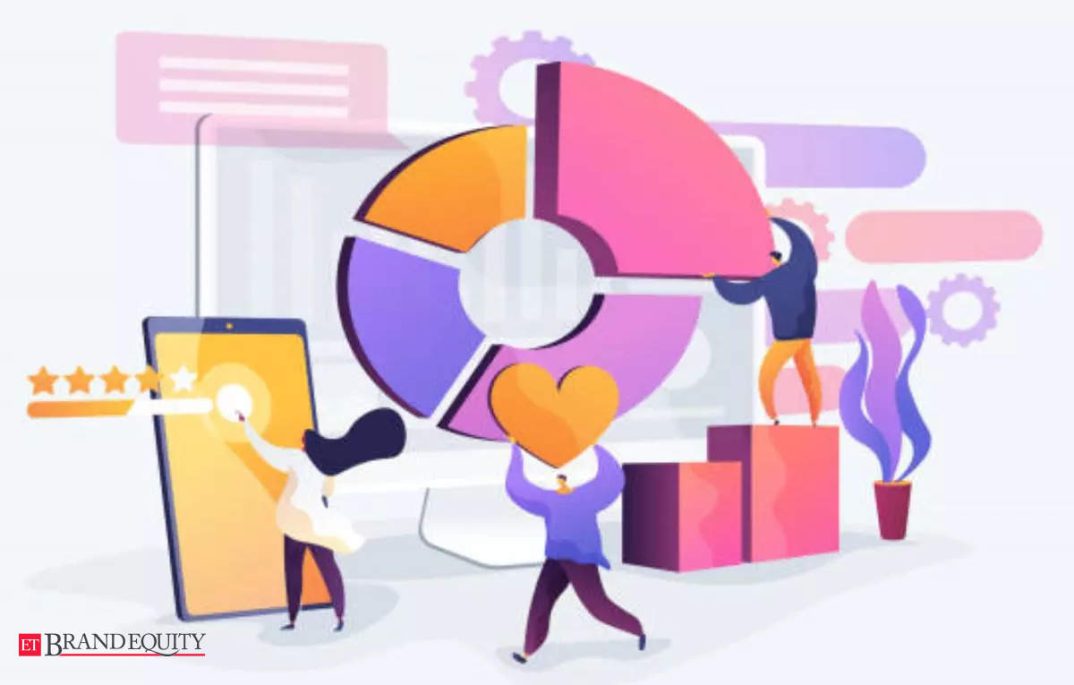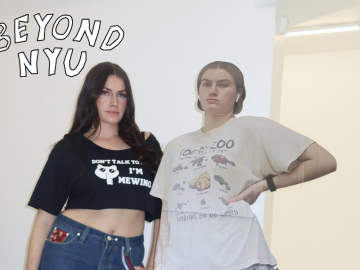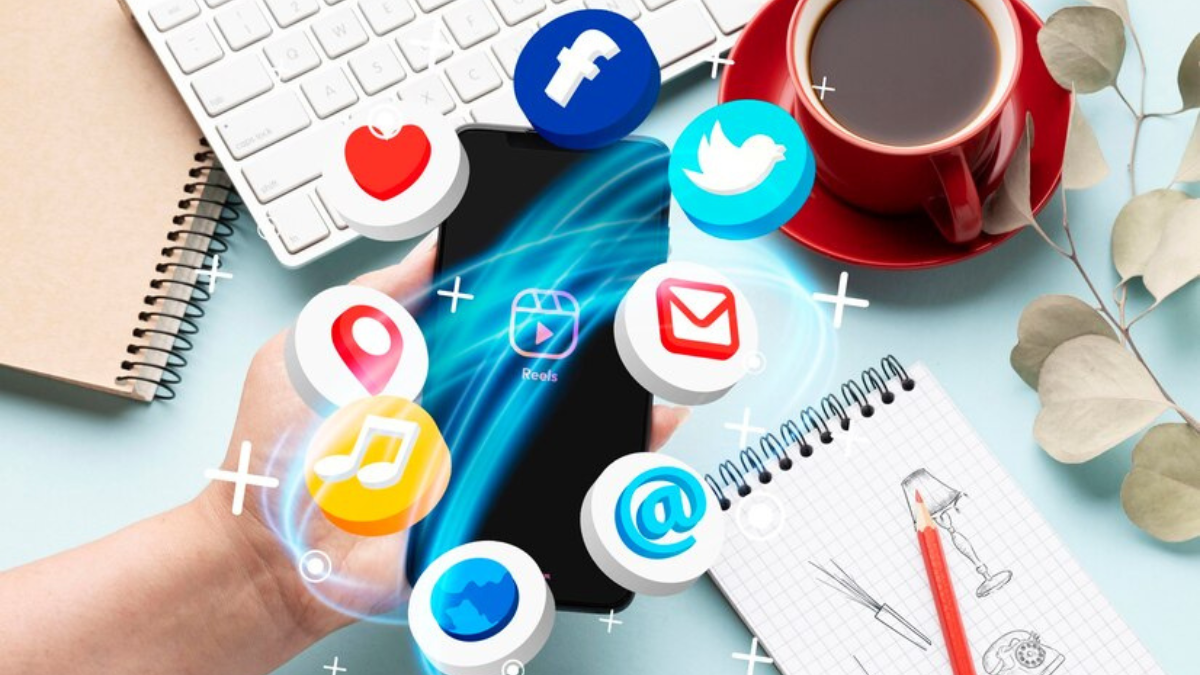Representative image (iStock)
“/>Representative image (iStock)The marketing world is evolving at a transformative speed as the bond between brands and their consumers thickens. This evolution opens fantastic avenues for creative, effective, and personalized marketing. From artificial intelligence (AI) to strategic brand collaborations, marketing will revolutionize how brands connect with their audience. Let’s look at the important trends and predictions about what will come.
1. Strategic Brand Collaborations Will Redefine Marketing
Influencer marketing has always been one of the favourite strategies for brands as a platform to connect with their target audience. However, the future is more on strategic brand collaborations. Here, two brands come together and create campaigns that are very meaningful and memorable to the consumer.
A recent example is Adidas’s collaboration with Gucci. Both these prominent brands—Adidas for streetwear and sportswear and Gucci for luxury fashion—balance their styles. Putting logos on things is more than a fashion phenomenon; it creates something novel and desirable for them. Success in this cooperation has come from an honest experience that is done according to the alteration of consumer tastes.
With consumers’ desire to feel more connected to brands, such co-branding activities will only flourish through personal-level campaigns that make the consumer feel close to the brand he or she adores.
2. AI Will Reinvent Content Creation
AI is revolutionizing content in marketing, thus abbreviating the time it takes and increasing the efficiency of such processes. However, AI may produce content faster than a social media post or blog-it cannot replace the human element that sparks genuine relationships. Creativity cannot be replaced.
While AI is great at routine, marketers must add creativity and emotional resonances to the message. Branding cannot be routine simply as it now requires the efficiency created by AI to be combined with the need for human storytelling. Wherein brands like Saint Gobain or Louis Philippe use AI to streamline content creation relating to performance materials, emotional connection is still intact. The Zomato move to ban food images made by AI underlines the limitation of AI in areas where the experience of real emotion is needed, and food is one such area.
3. Data-Driven Marketing to Remain at the Forefront
The use of data will always dominate marketing, but with technology changing, the role of data plays an increasingly crucial position. There is smart usage of data and arriving at ultra-targeted campaigns that are directed straight at the person. AI and machine learning have opened the opportunity to offer the right message to the right person at the right time.
Netflix is a good example of the practical application of data-driven marketing. Its recommendation engine provides the right audience with proper suggestions based on its users’ preferences, thereby producing a very individualized experience that interests viewers. In the same way, Spotify uses data to fuel its marketing and predict its behaviour patterns.
Thus, with data increasingly important, there is a high demand for it to be used ethically and transparently. For example, Apple’s ATT, where every application needs permission from the user before it tracks data, is an example of how consumers’ privacy is always increasing in importance. Brands leading in data collection through ethical practices will manage better consumer relationships.
4. Increasing Interactive and Immersive Experiences
With increased consumer time spent on digital platforms, consumers’ expectations about interactions and immersion are at an all-time high today. Technologies such as AR, VR, and AI-powered chatbots are changing the marketing landscape. Such means will enable brands to transcend traditional advertising and deliver unique experiences for higher audience engagement.
For example, Ikea introduced its first AR application, enabling consumers to see how furniture would look inside their homes, thereby making the buying process more engaging and interactive. It also does the same for Nike’s VR experience of letting customers try out different kinds of sneakers virtually, as far as products that spread wide excitement at the time of their release are concerned.
The immersive experiences will create much-needed buzz and even establish brands with the customers because it breaks into a competitive market.
5. Category Codes Will Be Altered
Certain industries, such as BFSI, Direct-to-Consumer (DTC), and Fast-Moving Consumer Goods (FMCG), are pioneers of innovative marketing. The BFSI sector is using AI-powered virtual assistants that can provide hyper-personalized financial consulting services to individuals. DTC brands like Mamaearth can reach the final consumer directly with the help of social media.
In the FMCG business, Hindustan Unilever works on personalized campaigns using consumer feedback to increase customer loyalty.
6. Adapt or perish
As marketing continues to evolve, adaptability will be crucial for brands to thrive. Combining traditional advertising techniques with innovative strategies is key to building meaningful connections with consumers. Brands like Love Depot, which use storytelling and social media to foster engagement, illustrate how innovative strategies can resonate deeply with audiences.
By embracing change and staying open to new ideas, marketers can capture attention and build lasting loyalty in an ever-changing landscape. The future of marketing is evolving and exciting for those willing to adapt.
(The opinions expressed in the article are those of the authors and do not necessarily reflect the views of the publication.
The information provided in the article is for general information purposes only.
ETBrandEquity.com makes no representations or warranties of any kind, express or implied, about the accuracy, adequacy, validity, reliability, availability, or completeness of any information. It does not assume any responsibility or liability for any errors, omissions, or damages arising from the use of this information.
We reserve the right to modify or remove any content without prior notice. The reproduction, distribution, or storage of any content without written permission is strictly prohibited.)
In today’s fast-paced business world, the role of the chief marketing officer is evolving rapidly. A HubSpot survey reveals that more than 75 per cent of marketers think marketing has changed more in the past three years than in the previous fifty. For Indian CMOs, this means their responsibilities have expanded beyond traditional brand promotion and advertising.
The article discusses the balance between data-driven marketing and emotional resonance in advertising, particularly during India’s IPL season. It highlights the importance of combining data insights with creativity to craft impactful campaigns. The piece also emphasises the role of diversity and human intuition in creating emotionally connected content that resonates with audiences.
- Published On Sep 28, 2024 at 08:31 AM IST
Join the community of 2M+ industry professionals
Subscribe to our newsletter to get latest insights & analysis.
Download ETBrandEquity App
- Get Realtime updates
- Save your favourite articles
![]()
![]()
Scan to download App






